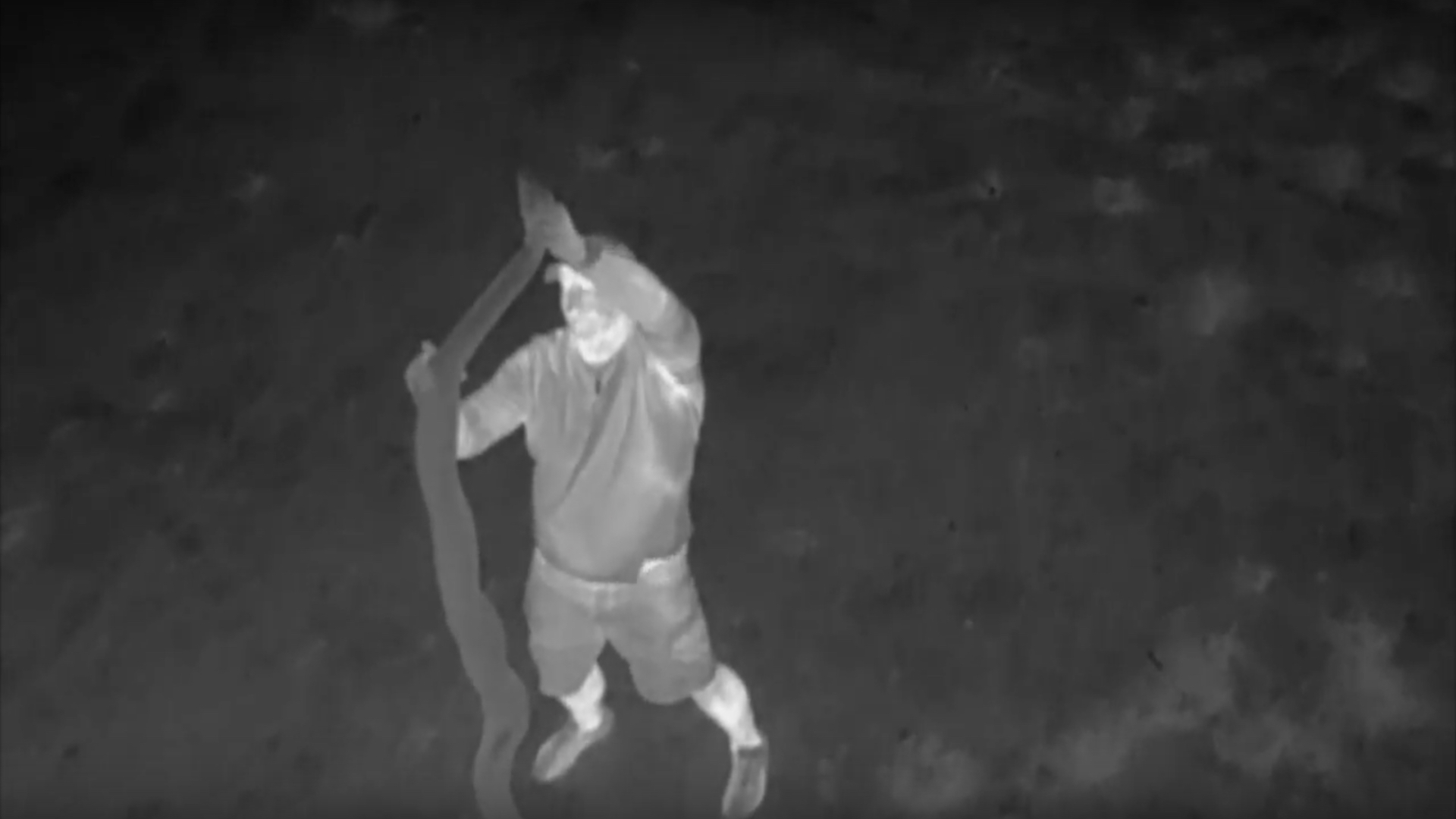

Python hunters are using unmanned aerial vehicles to catch these highly dangerous, invasive snakes in the Florida Everglades. Having spent my teenage years near the swampy area in question, I can attest to the incredibly difficult task of locating a single animal or object amidst the dense, similarly-colored foliage and terrain. The Everglades are teeming with alligators and lethal snakes, often finding their way into the local communities, and it seems that hunters in charge of curbing the animal population have found an affordable and effective solution in thermal-imaging drones.
According to the Miami New Times, snake hunter Bill Booth and thermographer Bart Bruni partnered with VolAero, a drone start-up from Miami, to use infrared thermal-imaging tech and drones to locate the dangerous, slithering reptiles. The immediate advantage, of course, is that hunters no longer have to put themselves in immediate danger by wading through the swamps themselves, the drone can do that from above, and provide an accurate feed of temperature differences below and easily locate the creatures. In addition, this would allow snake hunters to do their job at night.
Booth, for one, is convinced by this newfound tool. “Using a thermal drone is like having x-ray vision. Even if a snake is 16 inches long, camouflaged, and not moving, the drone can help us see it,” he said. To be clear, this is someone not to be taken lightly in this department, Booth won Florida’s python challenge last year by killing a 15-foot long, 125-pound snake. Clearly, this is the right person for the job.
Florida has had a long history of dealing with pythons. Reportedly, the two causes of the estimated 100,000 snakes roaming through the Everglades are owners releasing their pet snakes into the wild and allowing them to grow, and Hurricane Andrew decimating a python-breeding facility in 1992. As the Miami New Times reports, there are scientists who believe that the Burmese python has already demolished more than 90 percent of the local, small wildlife.
Earlier this month, Booth and Bruni tested the thermal-imaging drone that could finally put a dent in this issue. Fortunately, this event was recorded for your viewing pleasure. Let’s take a look.

While there isn’t too much to wade through in this footage, you get the point, it’s a clear improvement to use a bird’s-eye view aided by thermal imaging. The python being caught here is demonstrably visible to the naked eye, in the middle of the night, as seen through the drone’s camera. Python hunters in Florida are about to have it a whole lot easier, it seems, which makes you think what the snake population will look like in a few years, once this method has become standardized.
VolAero was in the business of selling drones for industrial use in Florida. We’ve seen companies like this spring up before, targeting inspection, monitoring, or construction industries to maximize their businesses through drone implementation. According to the Miami New Times, Bruni quickly realized that the cameras embedded in those UAVs would work perfectly for Booth’s line of work, as well. “Thermography is a very technical science, but if the cameras are set properly, you can find snakes in their reproductive state. Considering a single clutch will have between 100 to 120 eggs, 77 percent [of which] survive, thermal imaging can help hunters expand their tracking range,” he said.
It seems that every few weeks, drones become part of another business none of us had thought of before, inevitably becoming obvious and logical through hindsight. Hunting pythons with thermal imaging drones make complete sense, and it’s great to see dangerous population growth being curbed by affordable, safety-increasing technology such as this. “Pythons are unbalancing the ecosystem of the entire Everglades,” said Bruni, “but now we can control it.”